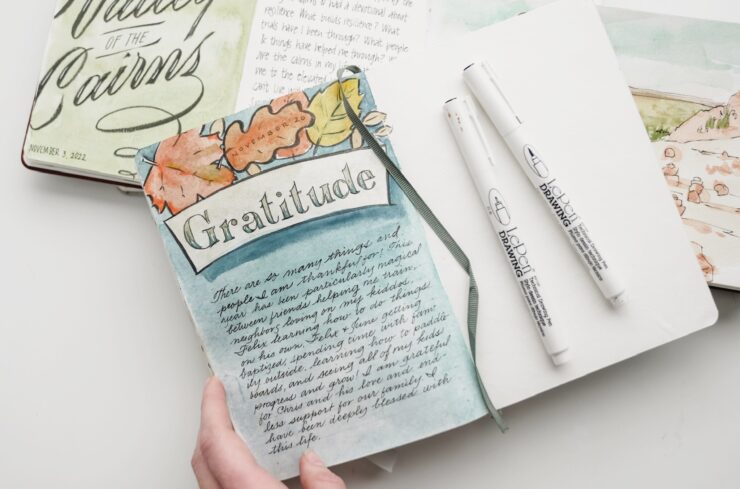
Discover the transformative power of journaling with our comprehensive guide to the top 10 techniques for beginners.
Whether you seek self-reflection, creativity, mindfulness, or productivity, this article will provide valuable insights and practical tips to unlock your thoughts and unleash your potential.
From stream of consciousness to art journaling, gratitude to goal setting, each technique offers a unique pathway to personal growth and freedom of expression.
Start your journaling journey today and experience the liberation of self-discovery.
The Power of Stream of Consciousness
By allowing your thoughts to flow freely without judgment or interruption, the power of stream of consciousness can provide a valuable tool for self-reflection and personal growth.
This technique, also known as free writing, involves writing without censoring or editing your thoughts. It allows your unconscious thoughts to surface and be explored on paper.
Stream of consciousness writing can be a powerful way to tap into your innermost desires, fears, and dreams. It allows you to access a deeper level of self-awareness and understanding.

By engaging in this unfiltered writing practice, you can gain insights into your thought patterns, emotions, and beliefs. It can help you uncover hidden motivations and patterns that may be influencing your behavior.
Through stream of consciousness writing, you can gain a greater sense of freedom and clarity in your life.
Promoting self-reflection through guided prompts is a powerful tool for enhancing self-awareness and personal growth. By using effective journaling prompts, individuals are encouraged to explore their thoughts and emotions, gaining deeper insights into themselves.
These prompts serve as a catalyst for self-reflection, offering a structured approach to introspection and fostering a greater understanding of one's own experiences and perspectives.
Effective Journaling Prompts
Journaling prompts provide individuals with a structured framework to engage in self-reflection and explore their inner thoughts and emotions. By using guided prompts, individuals can delve deeper into their feelings, gain insights, and discover new perspectives.
Here are four effective journaling prompts that can be helpful for those seeking anxiety relief and self-discovery:
- 'What are my biggest fears or worries at the moment, and how are they affecting my daily life?'
- 'Describe a recent situation where you felt overwhelmed. What were the triggers, and how did you cope with it?'
- 'Write about a time when you took a risk and how it made you feel. Did it lead to personal growth or a valuable lesson?'
- 'Reflect on a recent accomplishment or achievement. What qualities or strengths did you utilize to overcome challenges and succeed?'
These prompts can serve as starting points for self-reflection, promoting personal growth, and providing a sense of freedom through the exploration of thoughts and emotions.
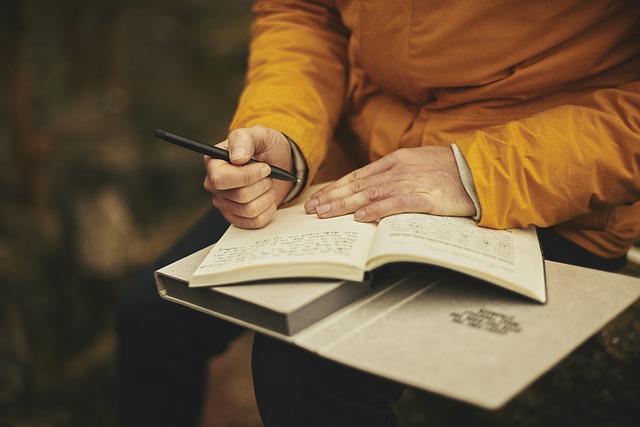
Enhancing Self-Awareness Through Prompts
Exploring your thoughts and emotions through guided prompts can facilitate self-reflection and enhance self-awareness. Journaling for self-discovery and self-improvement involves using prompts to delve deeper into your inner world and gain insights about yourself. These prompts act as catalysts for self-reflection, prompting you to explore your values, beliefs, and aspirations.
By engaging in guided journaling prompts, you can uncover hidden patterns, identify areas for growth, and gain a better understanding of your emotions and behaviors. Self-awareness is key to personal development, and journaling offers a safe and private space to explore your thoughts and feelings.
Prompts can vary from simple questions like 'What am I grateful for today?' to more thought-provoking inquiries such as 'What limiting beliefs hold me back from achieving my goals?' The key is to choose prompts that resonate with you and encourage introspection.
Incorporating guided prompts in your journaling practice can greatly enhance your self-awareness and personal growth journey. Through self-reflection, you can gain valuable insights, develop a clearer understanding of yourself, and make positive changes in your life.
Inspiring Personal Growth Through Reflection
By utilizing thought-provoking guided prompts, individuals can cultivate personal growth through reflection and gain deeper insights into their own journey of self-discovery. Journaling techniques play a crucial role in this process, providing a safe space for individuals to explore their thoughts, emotions, and experiences. Reflection allows individuals to step back, evaluate their actions, and make meaning out of their experiences.
Here are four ways in which reflection promotes personal development:
Increased self-awareness: Reflection encourages individuals to examine their thoughts, values, and beliefs, leading to a deeper understanding of themselves.
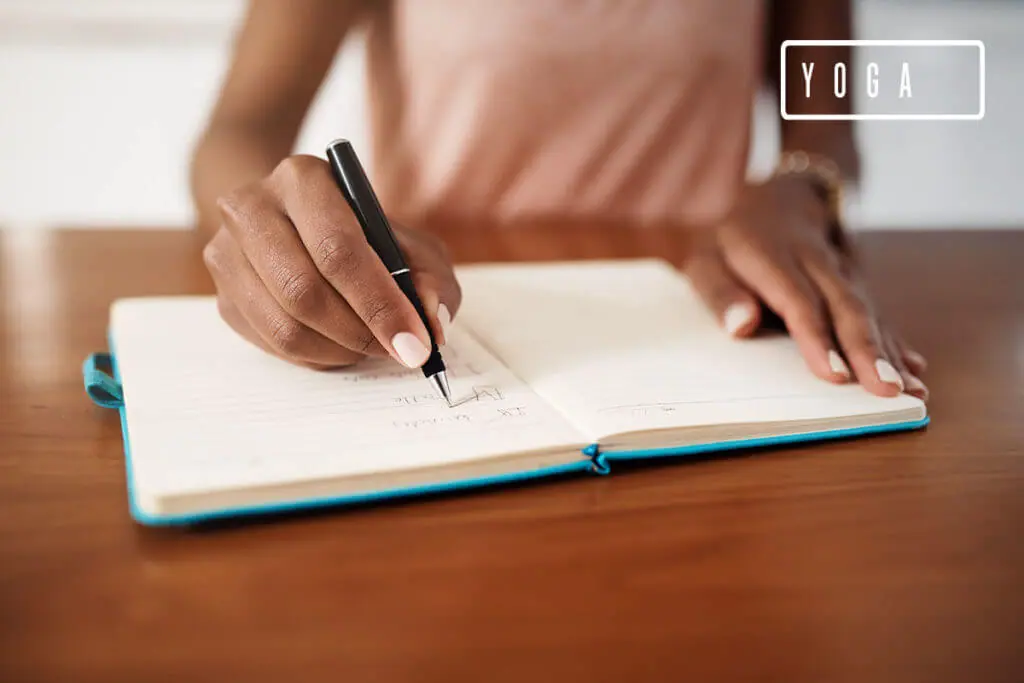
Enhanced problem-solving skills: By reflecting on past experiences and decisions, individuals can identify patterns and learn from their mistakes, enabling them to make better choices in the future.
Emotional healing: Reflection helps individuals process and release emotions, leading to emotional well-being and personal growth.
Goal setting and motivation: Through reflection, individuals can assess their progress, set meaningful goals, and stay motivated on their journey of personal growth.
Exploring Emotions Through Emotional Journaling
Through the practice of emotional journaling, individuals can gain a deeper understanding of their innermost feelings and experiences. This powerful technique allows for the exploration of childhood experiences and the healing of trauma. By writing about these emotions, individuals can begin to uncover patterns, identify triggers, and develop strategies for managing their emotional well-being.
Emotional journaling provides a safe and private space to express and process complex emotions, promoting self-awareness and personal growth. It allows for the release of pent-up emotions, reducing stress and promoting mental and emotional well-being. Furthermore, emotional journaling can assist in identifying unresolved issues from the past, enabling individuals to work through them and achieve a sense of closure.
Unleashing Creativity With Visual Journaling
Visual journaling is a powerful technique that can help unlock your creativity and expand your self-expression. By using visual prompts, such as images or colors, you can tap into your imagination and find inspiration for your journaling practice.
Not only does visual journaling allow you to explore your thoughts and emotions through art, but it also offers numerous benefits. These include stress relief, enhanced problem-solving skills, and improved self-awareness.
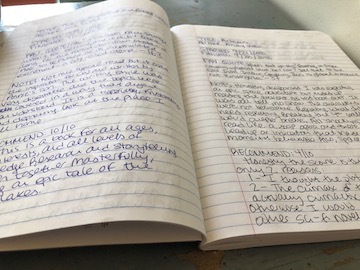
Visual journaling is a wonderful way to express yourself and process your experiences. It provides a safe space for self-reflection and encourages self-discovery. Whether you are an experienced artist or a beginner, visual journaling can be a valuable tool for personal growth and self-expression. So grab a journal, some art supplies, and start exploring the world of visual journaling today.
Visual Prompts for Inspiration
One effective way to boost creativity and find inspiration in journaling is by incorporating personal images and illustrations that can ignite the imagination. Visual journaling techniques allow individuals to use images for self-reflection, unlocking deeper thoughts and emotions.
Here are four ways to use visual prompts for inspiration in journaling:
Collage: Cut out images from magazines or print out pictures that resonate with you. Arrange them on a page to create a visual representation of your thoughts and feelings.
Doodles and Drawings: Express yourself through simple sketches and doodles. Let your hand move freely and see what images emerge from your subconscious.
Photography: Take photos of meaningful objects or scenes that capture your attention. Use these images as a starting point for reflection and exploration in your journal.
Mixed Media: Combine different art forms such as painting, collage, and photography to create a multi-dimensional visual journal. Experiment with various materials and techniques to express your thoughts and emotions.
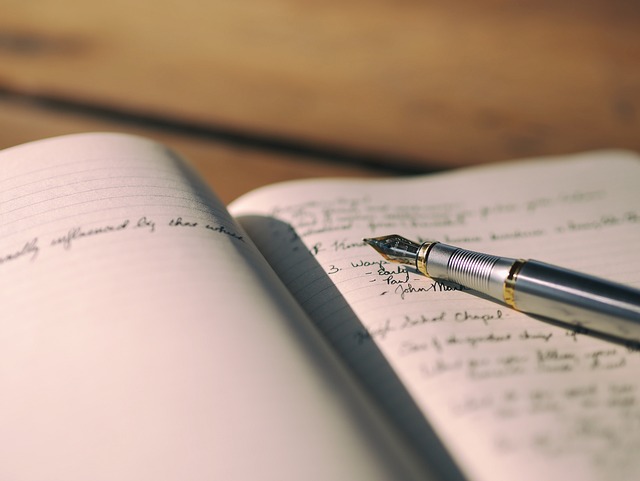
Enhancing Self-Expression Through Art
Unleash your inner artist and tap into your authentic self by incorporating artistic elements into your journaling practice. Visual journaling offers a unique way to express yourself through both words and images, allowing for a deeper exploration of your thoughts and emotions. By combining expressive writing with art, you can enhance self-expression and unlock your creativity.
Visual journaling has therapeutic benefits, as it provides a safe space for self-reflection and self-discovery. Through art, you can communicate and process emotions that may be difficult to express through words alone. Artistic techniques such as drawing, painting, collaging, and even doodling can help you access your subconscious mind and uncover hidden insights.
When engaging in visual journaling, there are no rules or expectations. You have the freedom to experiment, play, and explore different artistic styles and mediums. This process allows you to tap into your intuition and unleash your creativity, fostering a sense of joy and authenticity in your journaling practice.
Benefits of Visual Journaling
By engaging in visual journaling, individuals can tap into their creative potential and unlock a multitude of benefits. Visual journaling is not only a way to document experiences, but it is also a powerful tool for boosting creativity and improving mental health.
Here are four key benefits of visual journaling:
Enhanced self-expression: Visual journaling allows individuals to express themselves in a non-verbal and intuitive manner, giving them the freedom to explore their emotions and thoughts through images, colors, and symbols.
Stress relief: Engaging in visual journaling can provide a therapeutic outlet for managing stress and anxiety. The act of creating art can be calming and meditative, helping individuals to relax and find inner peace.
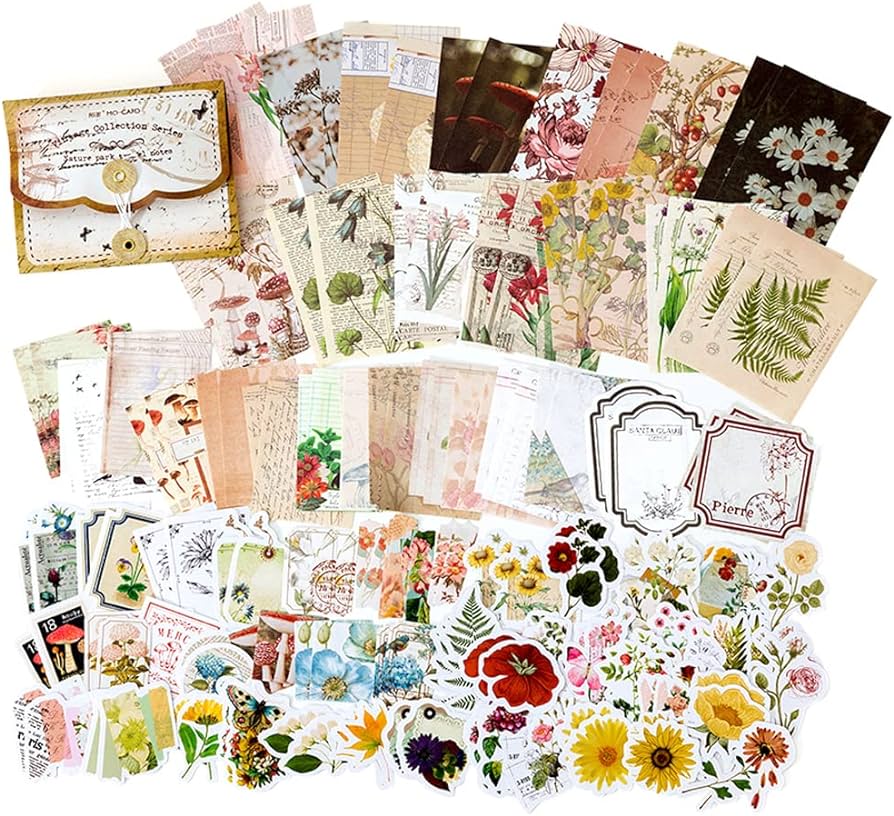
Increased self-awareness: Visual journaling encourages self-reflection and introspection. By visually representing their experiences and emotions, individuals can gain a deeper understanding of themselves and their inner world.
Creative problem-solving: Visual journaling stimulates the imagination and encourages innovative thinking. It can be a valuable tool for generating new ideas and finding creative solutions to problems.
Incorporating visual elements into journaling can have a profound impact on one's creativity and mental well-being. It offers a unique and liberating approach to self-expression, helping individuals explore their thoughts and emotions in a visually engaging way.
Cultivating Gratitude With a Gratitude Journal
Developing a daily gratitude practice through the use of a gratitude journal can foster a positive mindset and enhance overall well-being.
Gratitude practices involve expressing appreciation for the things we have, the people in our lives, and the experiences we've had. By writing down what we are grateful for, we shift our focus from what is lacking to what is abundant in our lives.
Keeping a gratitude journal allows us to reflect on the positive aspects of our day and helps us to cultivate a sense of gratitude, even during challenging times. It reminds us to find joy in the little things and to appreciate the beauty that surrounds us.
Through consistent practice, a gratitude journal can help us develop a habit of gratitude, leading to increased happiness and contentment in our lives.
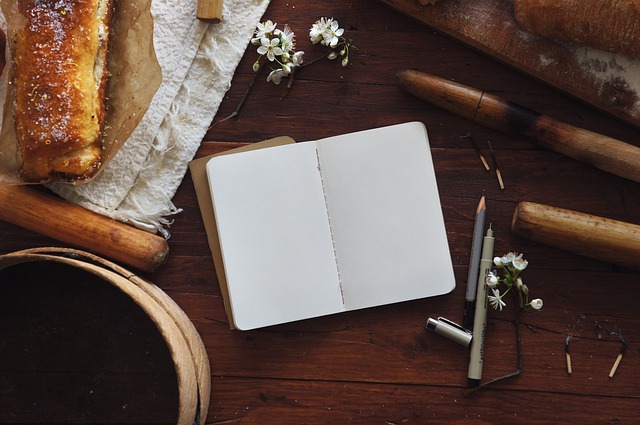
Finding Clarity Through Morning Pages
Unlocking your thoughts and finding clarity through morning pages can be a transformative experience.
By committing to the practice of writing three pages every morning, you can tap into your subconscious mind, release negative thoughts, and gain a clearer perspective on your life.
The benefits of morning pages include reduced stress, increased creativity, and improved decision-making abilities.
Morning Pages Benefits
In the pursuit of mental clarity, journaling through the practice of Morning Pages proves to be an invaluable tool for beginners. Morning Pages, a technique introduced by Julia Cameron in her book 'The Artist's Way,' involves writing three pages of stream-of-consciousness thoughts every morning. This simple practice offers numerous benefits, including:
Improving Focus: Morning Pages help clear the mind of clutter and distractions, allowing individuals to focus better on their tasks and goals throughout the day.
Increasing Creativity: By emptying the mind onto the pages, Morning Pages open up space for creative ideas to flow. It encourages free thinking and helps individuals tap into their creative potential.
Enhancing Self-Reflection: Writing Morning Pages provides an opportunity for self-reflection and introspection. It allows individuals to explore their thoughts, emotions, and experiences, leading to a deeper understanding of oneself.
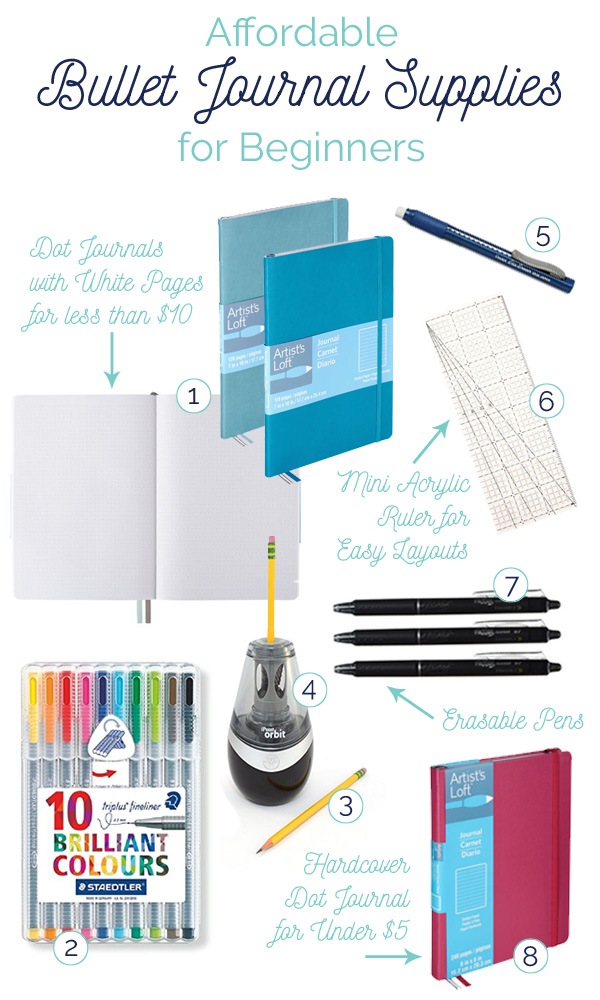
Cultivating Mindfulness: Engaging in the practice of Morning Pages helps individuals become more present and aware of their thoughts and feelings. It promotes mindfulness and fosters a greater sense of self-awareness.
With these benefits, Morning Pages become an essential tool for beginners seeking mental clarity and inner freedom.
Journaling for Clarity
Utilizing the practice of Morning Pages, journaling for clarity allows individuals to gain insight and understanding through the process of stream-of-consciousness writing. This technique, often used for journaling for mental health and self-discovery, involves writing three pages of unfiltered thoughts first thing in the morning.
By emptying the mind onto paper, individuals can observe their thoughts, emotions, and concerns in a non-judgmental way. Journaling for clarity helps to bring subconscious thoughts and patterns to the surface, providing a clear view of one's inner world. It can reveal hidden fears, desires, and insecurities, allowing individuals to better understand themselves and their motivations.
Setting Goals and Tracking Progress With a Bullet Journal
Effective goal-setting and progress tracking are essential components of using a bullet journal to enhance personal growth and productivity. A bullet journal provides a structured framework for setting and achieving goals, as well as tracking progress along the way.
Here are four techniques to help you effectively set goals and track your progress using a bullet journal:
Goal-setting spreads: Create dedicated pages in your bullet journal to write down your long-term and short-term goals. Use symbols or color-coding to categorize goals and prioritize them based on importance.
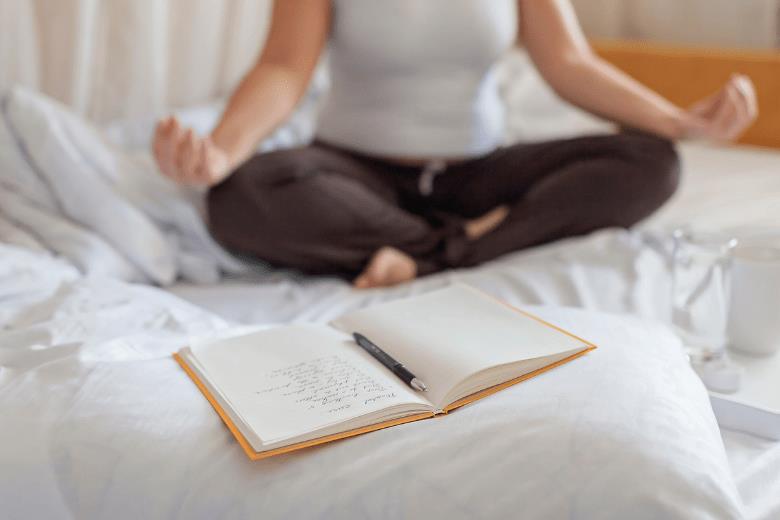
Progress trackers: Design trackers to visually represent your progress towards each goal. Whether it's a habit tracker, savings tracker, or fitness tracker, these tools provide a clear overview of your achievements and areas for improvement.
Monthly and weekly reviews: Set aside time at the end of each month and week to review your progress. Reflect on what went well, what didn't, and make adjustments to your goals and strategies accordingly.
Reflection and celebration: Incorporate space in your bullet journal for reflection and celebration of milestones reached. Take time to acknowledge your achievements and reward yourself for your hard work.
Healing and Self-Expression Through Art Journaling
Through the creative medium of art journaling, individuals can find healing and self-expression by visually capturing their thoughts and emotions.
Art therapy has been recognized as a powerful tool for personal growth and transformation. By incorporating art into journaling, individuals can tap into their creativity, allowing them to express themselves in ways that words alone cannot.
Art journaling provides a safe space for exploration and self-discovery, allowing individuals to process their emotions and experiences through artistic expression. This form of journaling allows for a deeper understanding of oneself and can promote healing by releasing pent-up emotions and providing a sense of catharsis.
The benefits of incorporating art into journaling include reducing stress, increasing self-awareness, boosting self-esteem, and promoting overall well-being.
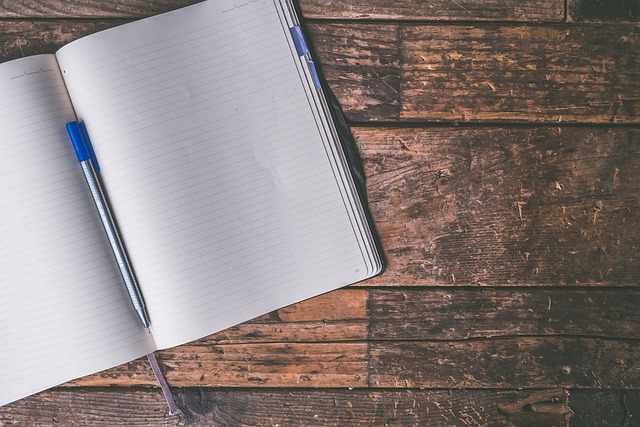
Art journaling offers a unique and powerful way to unlock and express one's innermost thoughts and feelings.
Enhancing Mindfulness With Meditation Journaling
Practicing mindfulness and enhancing self-awareness can be achieved through incorporating meditation journaling into your daily routine. By combining the reflective nature of journaling with the calming and centering effects of meditation, you can deepen your understanding of yourself and cultivate a greater sense of peace and clarity.
Here are four mindfulness meditation techniques to incorporate into your journaling practice:
Breath awareness: Begin by focusing your attention on your breath, observing its rhythm and sensations. Write down any thoughts or insights that arise during this mindful breathing exercise.
Body scan: Take a few moments to scan your body from head to toe, noticing any areas of tension or discomfort. As you journal, reflect on how your body feels and any emotions associated with it.
Loving-kindness meditation: Engage in a loving-kindness meditation, sending well-wishes to yourself and others. Write about the experience and any feelings of compassion that arise.
Mindful gratitude: Take time to reflect on the things you are grateful for and write them down in your journal. Cultivating gratitude through meditation can help shift your focus towards positivity and contentment.
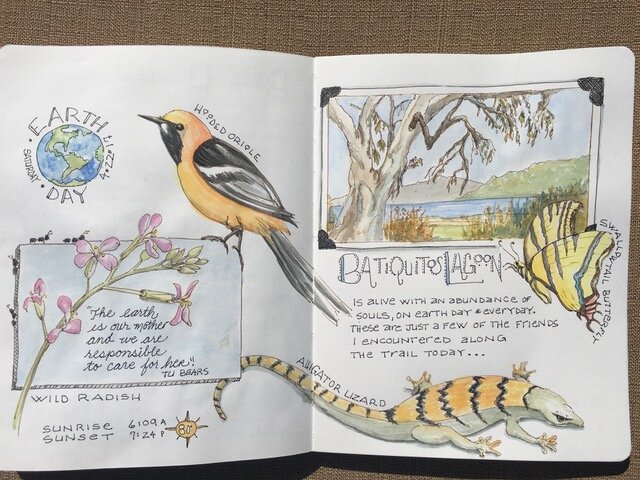
Incorporating meditation into journaling allows you to cultivate mindfulness and deepen your self-awareness. Explore these techniques and discover how they can enhance your journaling practice.
Boosting Productivity With Time Blocking Journaling
To maximize efficiency and streamline your daily tasks, consider utilizing time blocking journaling as a method to boost productivity.
Time blocking is a time management technique that involves scheduling specific blocks of time for different activities or tasks throughout the day. By allocating dedicated time slots for different tasks, you can prioritize your workload and ensure that important tasks are completed in a timely manner.
Time blocking journaling allows you to track your progress and evaluate how effectively you are managing your time. It also helps you identify patterns or areas where you may be wasting time, allowing you to make necessary adjustments.
Frequently Asked Questions
How Do I Choose the Right Journaling Technique for Me?
When choosing a journaling technique, it is important to consider your personal preferences and goals. Explore different journaling styles, such as free writing, bullet journaling, or gratitude journaling, to find the one that resonates with you and promotes self-expression and reflection.
Can Journaling Really Help Improve My Mental Health?
Journaling techniques have been shown to provide numerous benefits for mental health, such as reducing stress, improving mood, and promoting self-reflection. Incorporating journaling into one's routine can be an effective tool for enhancing overall well-being.
What Materials Do I Need to Get Started With Visual Journaling?
To get started with visual journaling, you will need basic journaling materials such as a sketchbook, pens, pencils, and an eraser. Additionally, consider using colored pencils, markers, watercolors, or any other art supplies that you feel inspired to work with.
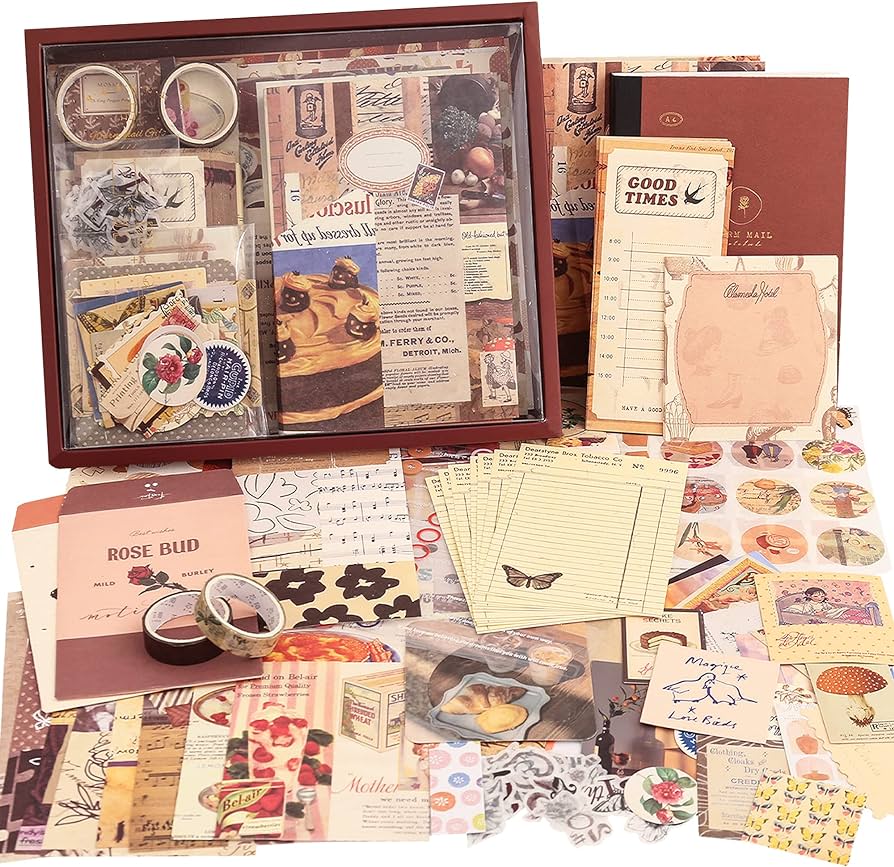
How Can Journaling Help Me Become More Mindful in My Daily Life?
Journaling can help individuals become more mindful in their daily lives by providing a space for reflection and self-awareness. Mindfulness exercises, such as gratitude journaling and guided prompts, can enhance focus, reduce stress, and cultivate a greater sense of well-being.
Are There Any Specific Prompts or Exercises for Goal-Setting and Tracking Progress in a Bullet Journal?
Goal setting techniques and tracking progress methods are essential for effective bullet journaling. By using specific prompts and exercises, individuals can set clear goals and monitor their progress, leading to increased productivity and success.
 Writing TipsCreative WritingJournalingSketching TechniquesBuying GuidesPrivacy PolicyTerms And Conditions
Writing TipsCreative WritingJournalingSketching TechniquesBuying GuidesPrivacy PolicyTerms And Conditions
